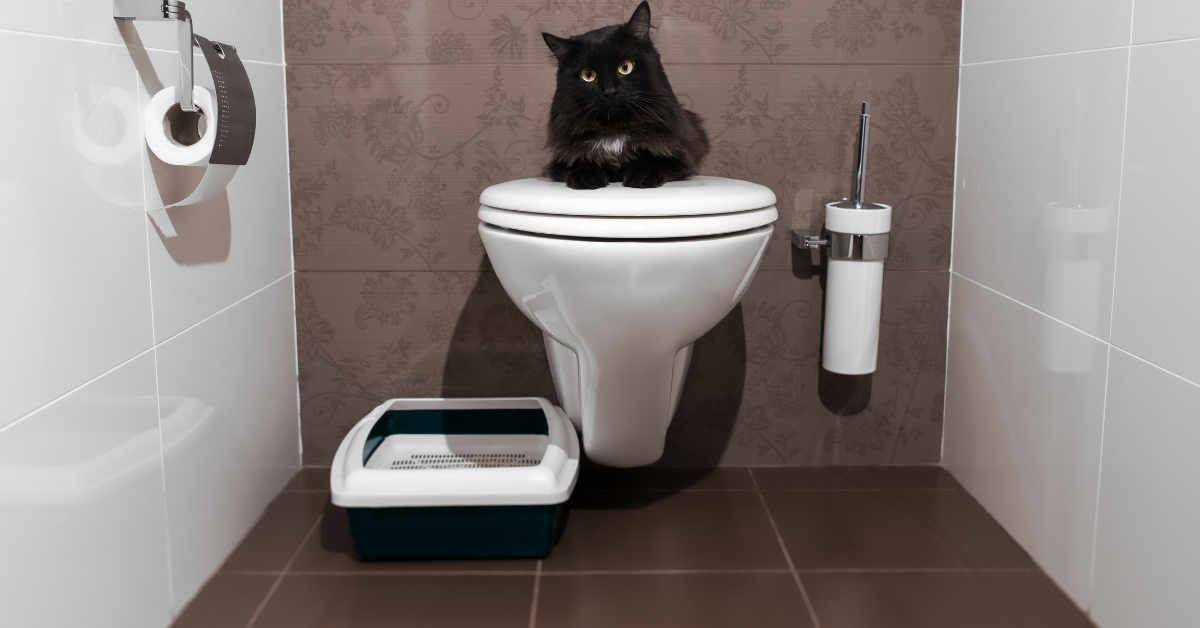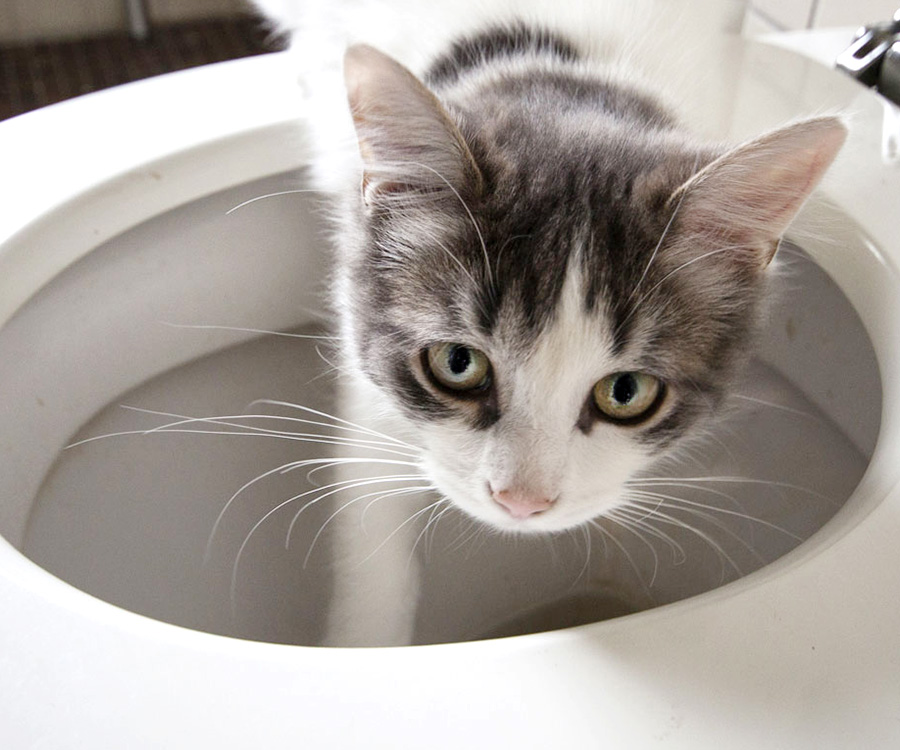The Risks of Flushing Cat Poop in Your Toilet - Precautionary Measures
The Risks of Flushing Cat Poop in Your Toilet - Precautionary Measures
Blog Article
How do you actually feel on the subject of How to Dispose of Cat Poop and Litter Without Plastic Bags?

Introduction
As pet cat proprietors, it's important to be mindful of exactly how we deal with our feline good friends' waste. While it might appear convenient to flush feline poop down the commode, this method can have damaging effects for both the setting and human health.
Alternatives to Flushing
Fortunately, there are safer and much more accountable methods to dispose of pet cat poop. Take into consideration the following choices:
1. Scoop and Dispose in Trash
The most common technique of disposing of cat poop is to scoop it right into a biodegradable bag and toss it in the trash. Be sure to use a dedicated trash inside story and dispose of the waste immediately.
2. Usage Biodegradable Litter
Choose biodegradable feline clutter made from materials such as corn or wheat. These clutters are environmentally friendly and can be safely thrown away in the garbage.
3. Hide in the Yard
If you have a lawn, consider burying cat waste in a designated area far from veggie gardens and water sources. Be sure to dig deep enough to stop contamination of groundwater.
4. Set Up a Pet Waste Disposal System
Purchase an animal waste disposal system specifically designed for pet cat waste. These systems use enzymes to break down the waste, reducing smell and environmental effect.
Health Risks
Along with environmental worries, flushing feline waste can additionally position wellness risks to people. Pet cat feces may consist of Toxoplasma gondii, a bloodsucker that can cause toxoplasmosis-- a potentially serious ailment, particularly for expecting ladies and individuals with damaged body immune systems.
Ecological Impact
Purging cat poop introduces damaging virus and bloodsuckers right into the water supply, positioning a significant threat to aquatic environments. These contaminants can adversely influence aquatic life and concession water high quality.
Conclusion
Liable family pet possession prolongs beyond giving food and sanctuary-- it likewise entails appropriate waste management. By avoiding flushing pet cat poop down the bathroom and opting for alternative disposal approaches, we can lessen our ecological footprint and shield human health and wellness.
Why Can’t I Flush Cat Poop?
It Spreads a Parasite
Cats are frequently infected with a parasite called toxoplasma gondii. The parasite causes an infection called toxoplasmosis. It is usually harmless to cats. The parasite only uses cat poop as a host for its eggs. Otherwise, the cat’s immune system usually keeps the infection at low enough levels to maintain its own health. But it does not stop the develop of eggs. These eggs are tiny and surprisingly tough. They may survive for a year before they begin to grow. But that’s the problem.
Our wastewater system is not designed to deal with toxoplasmosis eggs. Instead, most eggs will flush from your toilet into sewers and wastewater management plants. After the sewage is treated for many other harmful things in it, it is typically released into local rivers, lakes, or oceans. Here, the toxoplasmosis eggs can find new hosts, including starfish, crabs, otters, and many other wildlife. For many, this is a significant risk to their health. Toxoplasmosis can also end up infecting water sources that are important for agriculture, which means our deer, pigs, and sheep can get infected too.
Is There Risk to Humans?
There can be a risk to human life from flushing cat poop down the toilet. If you do so, the parasites from your cat’s poop can end up in shellfish, game animals, or livestock. If this meat is then served raw or undercooked, the people who eat it can get sick.
In fact, according to the CDC, 40 million people in the United States are infected with toxoplasma gondii. They get it from exposure to infected seafood, or from some kind of cat poop contamination, like drinking from a stream that is contaminated or touching anything that has come into contact with cat poop. That includes just cleaning a cat litter box.
Most people who get infected with these parasites will not develop any symptoms. However, for pregnant women or for those with compromised immune systems, the parasite can cause severe health problems.
How to Handle Cat Poop
The best way to handle cat poop is actually to clean the box more often. The eggs that the parasite sheds will not become active until one to five days after the cat poops. That means that if you clean daily, you’re much less likely to come into direct contact with infectious eggs.
That said, always dispose of cat poop in the garbage and not down the toilet. Wash your hands before and after you clean the litter box, and bring the bag of poop right outside to your garbage bins.
https://trenchlesssolutionsusa.com/why-cant-i-flush-cat-poop/

I found that page on Can You Flush Cat Poop Down The Toilet? when doing a search on the search engines. Are you aware of someone else who is fascinated with the niche? Do not hesitate to promote it. We appreciate reading our article about How to Dispose of Cat Poop and Litter Without Plastic Bags.
Book Your Service Report this page